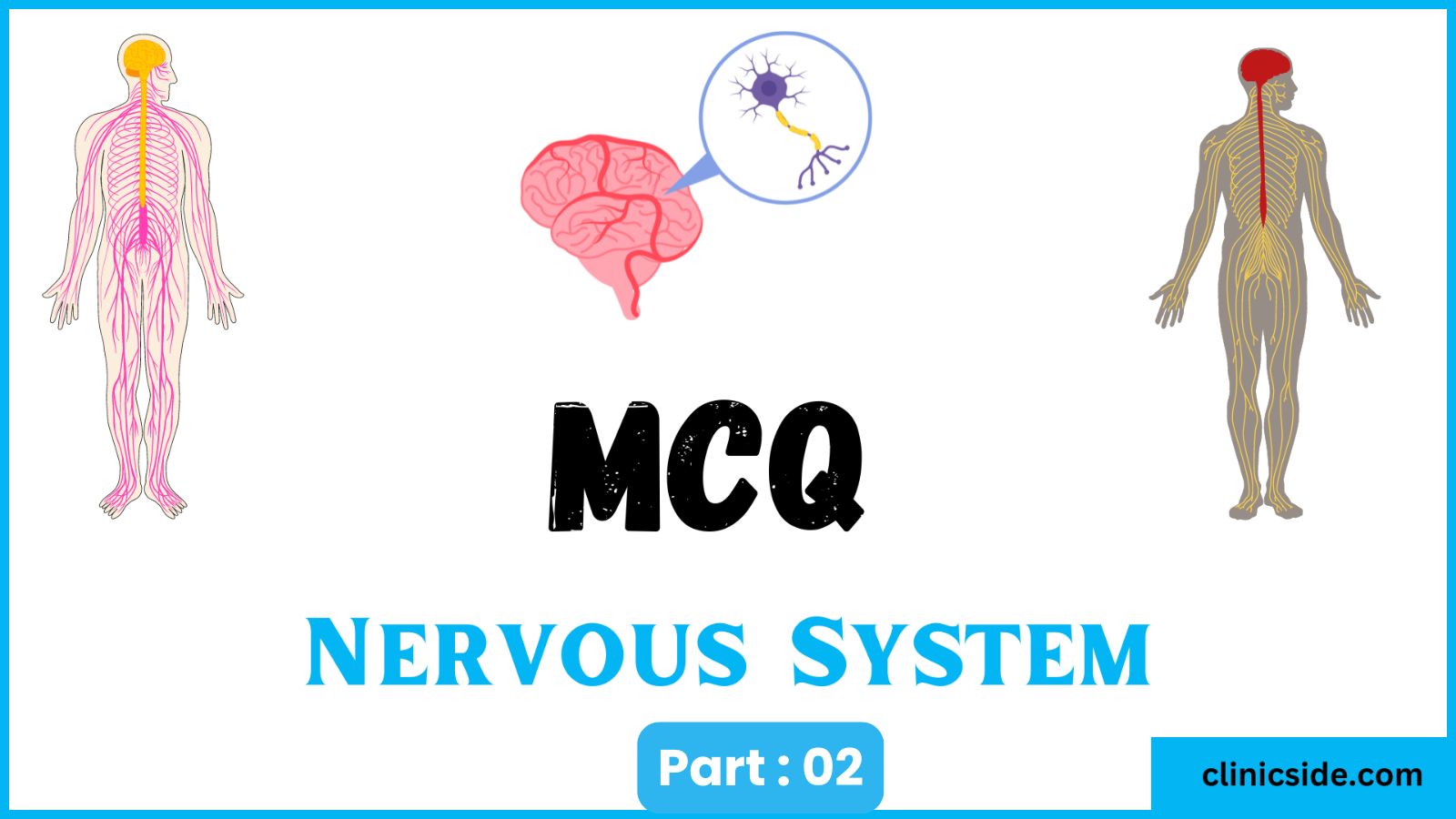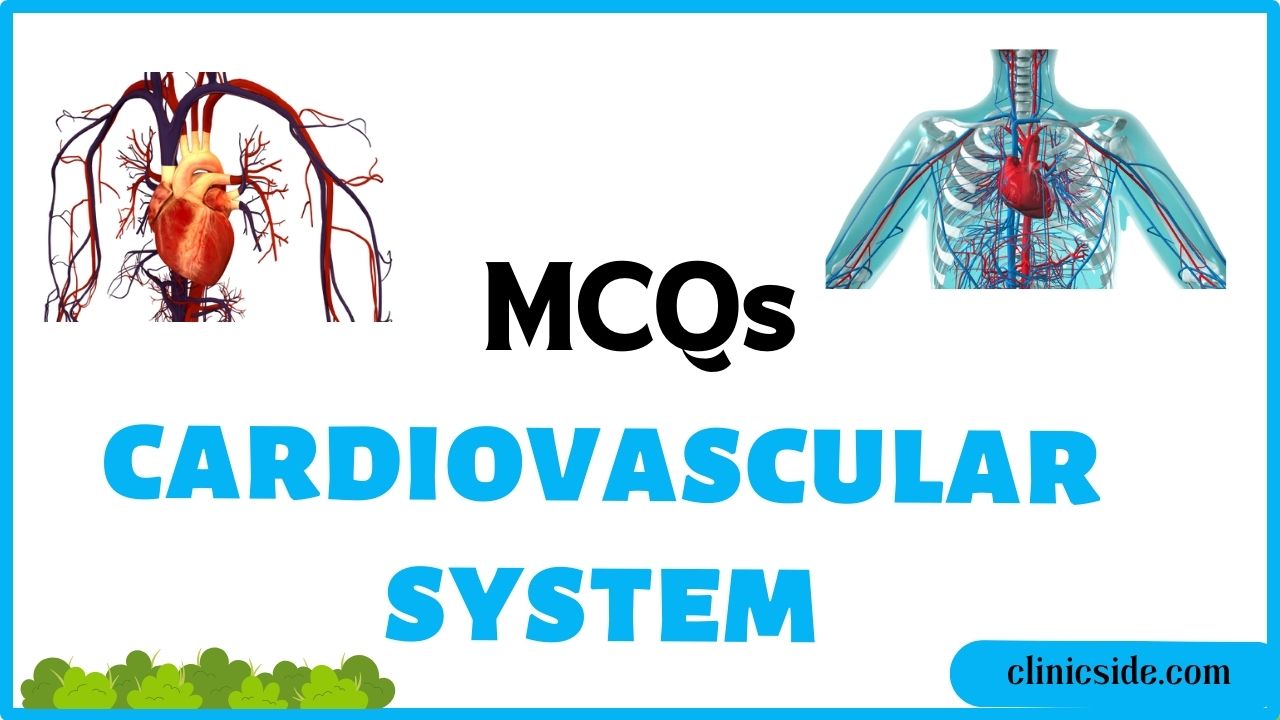Quiz
Available options: 1 to 20
The central nervous system (CNS) and the peripheral nervous system (PNS) are two key divisions of the nervous system, each serving distinct yet interconnected roles in regulating bodily functions. Understanding the differences between the CNS and PNS requires a detailed examination of their structure, function, and how they interact within the body.
Anatomy and Structure
Central Nervous System (CNS)
The central nervous system (CNS) is made up of the brain and spinal cord, which together form the core control structure of the body. The brain is enclosed within the skull, and the spinal cord is housed within the vertebral column. These structures are protected by bone, meninges (protective membranes), and cerebrospinal fluid, which cushions and nourishes the CNS. The brain has several specialized regions such as the cerebrum, cerebellum, and brainstem, each responsible for different functions. The spinal cord, on the other hand, serves as the primary communication highway between the brain and the rest of the body.
Peripheral Nervous System (PNS)
The PNS consists of nerves that extend outside the brain and spinal cord, including cranial nerves and spinal nerves. It is further divided into two components: the somatic nervous system (controlling voluntary muscles) and the autonomic nervous system (controlling involuntary functions). Unlike the CNS, the PNS is not protected by bones or the blood-brain barrier, making it more vulnerable to injuries.
Function
CNS: The CNS is often referred to as the body’s control center. It processes and interprets incoming sensory information and makes decisions based on that information. The brain plays a central role in cognitive functions, emotions, memory, and behavior, while the spinal cord transmits neural signals between the brain and the rest of the body. The CNS also regulates critical functions like consciousness, motor coordination, and reflex responses. For example, it processes sensory input (like touch or sound) and determines the appropriate motor output (such as movement or speech).
PNS: The PNS serves as the communication network between the CNS and the rest of the body. It collects sensory data from the body and the environment (such as temperature, pressure, or pain) and transmits this information to the CNS for processing. In turn, the CNS sends signals through the PNS to muscles, glands, and organs to initiate movement, secretion, or other responses. The PNS also helps regulate involuntary functions, like heart rate and digestion, through its autonomic division, which includes the sympathetic (fight-or-flight) and parasympathetic (rest-and-digest) systems.
Voluntary vs. Involuntary Control
CNS: The CNS is involved in both voluntary and involuntary control. Voluntary actions are those under conscious control, such as deciding to pick up an object, which involves the brain’s motor cortex sending signals to muscles via the spinal cord. Involuntary functions regulated by the CNS include processes like breathing, heartbeat, and reflex actions (e.g., withdrawing your hand from a hot surface).
PNS: The PNS is divided into:
The somatic nervous system, which controls voluntary movements by sending signals from the CNS to skeletal muscles. This division allows for conscious actions like walking or writing.
The autonomic nervous system, which manages involuntary bodily functions, including heart rate, digestion, and glandular activity. The autonomic system itself is subdivided into the sympathetic and parasympathetic systems, which work together to maintain bodily homeostasis in response to varying levels of stress or relaxation.
Communication Pathways
CNS: The CNS receives and processes information through complex pathways called tracts. These tracts are bundles of nerve fibers (axons) that carry signals up and down the spinal cord and between different parts of the brain. CNS communication is typically faster due to its central location and the specialized, insulated neurons that transmit signals rapidly.
PNS: The PNS transmits information through nerves, which are collections of axons located outside the CNS. These nerves are either sensory (carrying information to the CNS) or motor (carrying instructions from the CNS to muscles and glands). While the PNS’s transmission speed is slightly slower compared to the CNS, it efficiently connects the entire body to the central processing units in the brain and spinal cord.
Protection
CNS: The CNS is heavily protected due to its critical role. The brain is shielded by the skull, and the spinal cord is protected by the vertebral column. In addition, both the brain and spinal cord are surrounded by meninges and cushioned by cerebrospinal fluid (CSF). The blood-brain barrier further protects the CNS from harmful substances in the bloodstream by controlling what can pass from the blood into the brain and spinal cord.
PNS: The PNS, in contrast, lacks the level of protection seen in the CNS. Nerves in the PNS are more vulnerable to physical injury and environmental damage. For example, peripheral nerves are more exposed to toxins and trauma, which can result in conditions like nerve damage or neuropathy.
Regeneration Capability
CNS: Neurons in the CNS have limited regenerative capacity. Once neurons in the brain or spinal cord are damaged, they generally do not regenerate, which is why injuries like spinal cord trauma or brain damage often lead to permanent disability.
PNS: The PNS has a much greater ability to regenerate. If peripheral nerves are damaged but the cell body remains intact, the axons can regrow and re-establish function, provided the damage is not too severe. This regenerative ability makes recovery from certain peripheral nerve injuries possible.
Clinical Relevance
CNS Disorders: Disorders of the CNS include conditions like Parkinson’s disease, multiple sclerosis, Alzheimer’s disease, and stroke. These conditions often involve the loss of neurons or dysfunction in neural pathways, resulting in motor deficits, cognitive decline, or sensory disturbances.
PNS Disorders: Disorders affecting the PNS include peripheral neuropathy, Guillain-Barré syndrome, and carpal tunnel syndrome. These typically involve damage to peripheral nerves, leading to symptoms like numbness, tingling, muscle weakness, and loss of motor control.





